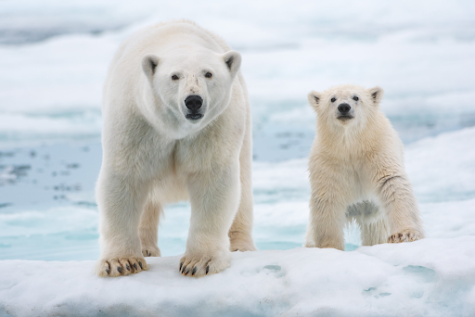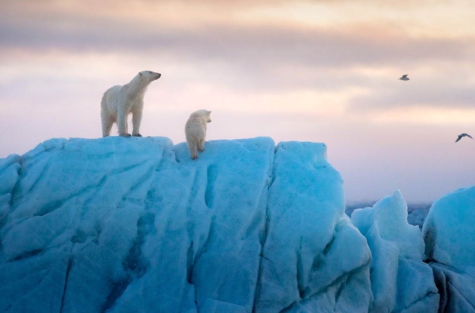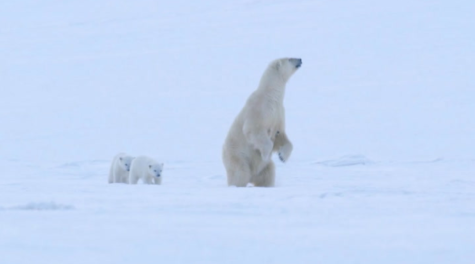‘Polar Bear’ is a compelling documentary calling out climate change
Stunning visuals are coupled with a deeper call to action
April 27, 2022

Released exclusively through Disney+ on the fitting date of April 22, Earth Day, “Polar Bear,” directed by Alastair Fothergill and Jeff Wilson, tells a documentary style story of a polar bear mother as she struggles to protect her young in a harsh new environment. As the 16th nature documentary to join the DisneyNature label, the film serves as a beautiful exploration of a polar bear’s journey and a stark reminder of the damage climate change has inflicted on natural habitats.
The movie, narrated by Catherine Keener, begins with a vivid description of a pure, natural world that slowly gives way to the damage inflicted by decades of climate change. The story is told through a series of flashbacks to the mother polar bear’s days as a cub with her twin brother, where they would mimic their own mother’s hunting behavior. Throughout the seasons, the mother polar bear continues to evolve and gain more wisdom — she experiences the hunger pangs of surviving on seaweed during summer along with the rich, bountiful harvest of a washed up whale in the winter. The film concludes with a call to action for the viewers at home by emphasizing the drastic, negative changes in the Arctic ecosystem and providing resources for ways to help the polar bear’s habitat through nonprofits such as the Polar Bears International.
One area where the film excels is its breathtaking images and videos of beautiful natural events, cleanly woven to create a compelling visual narrative. From shots of aurora borealis to the frigid arctic winters, each and every detail is captured through high definition cinematography. A highlight of the visuals is the vibrant colors brilliantly showcased by the scenery of Svalbard, Norway, creating an immersive experience for viewers.

However, despite the film’s impressive capturing of the detailed life of polar bears, the role of male polar bears serves as an area of confusion and conflict. Despite harsh scenery showing male bears initially preying on the female polar bear and her cubs, the film ends with a bizarre reversal during the mating season where the male polar bear is no longer viewed as a threat but instead as a mate. This directly contradicts the imposing categorization of male polar bears as a threat established early on in the movie.
Nonetheless, the brutal and sometimes gory aspects of both male polar bears and the mother polar bear’s daily struggles do add an aspect of much needed realism to the documentary. Although scenes like washing blood off the polar bear’s fur or feasting on smaller animals may be graphic for younger audiences, it ensures that audiences are exposed to the true difficulties animals encounter in the wild. Consequently, a tasteful balance carefully featuring selective violence is established that appeals to the vast majority of viewers.

Overall, for both nature lovers and documentary enthusiasts, “Polar Bear” proves to be an interesting 84 minutes that will keep viewers engaged. Perhaps most commendable is the fact that the film pulls no punches, calling out the disastrous global effects of climate change while still sharing the deep nuances of a mother polar bear’s journey.

















